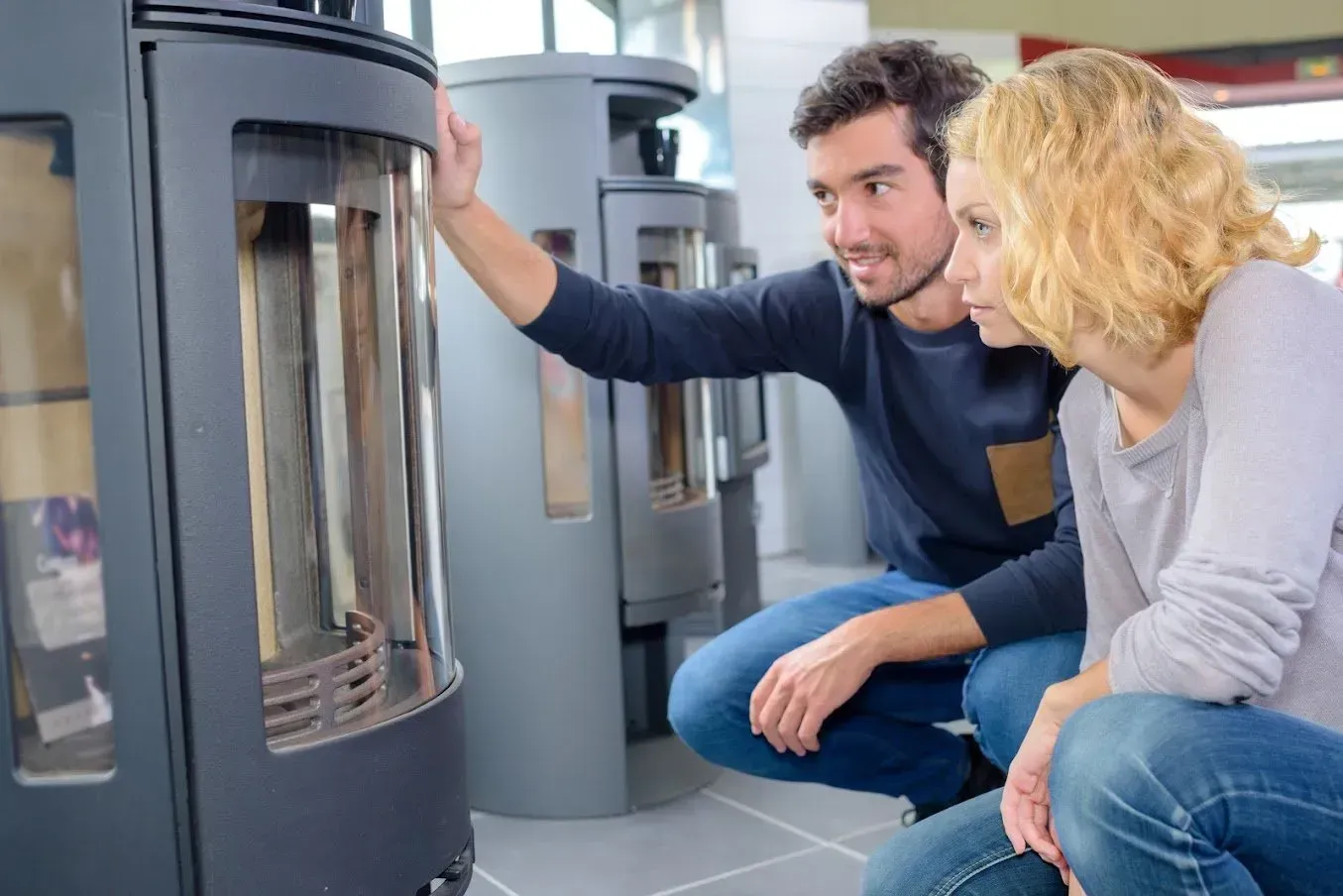Buying a Furnace? Consider These 6 Factors First

If your furnace is about to stop working, a new, efficient furnace is just what your family needs to stay warm in the colder months. However, many homeowners find the furnace buying process intimidating because there are many factors to consider. Below is a simple guide on the most important things to check before furnace installation.
1. Fuel Source
Electricity, oil, and electricity are the most common fuel sources for furnaces, and cause furnaces to differ by cost, physical space, and operation.
Gas furnaces are popular because they are less expensive to operate than electrical models. If your house already has a natural gas line, get a gas furnace to reduce installation costs. However, schedule yearly inspections to prevent poisonous gases from flowing into the house.
Electrical furnaces can get expensive to run as they must use electricity. The major advantage of electrical furnaces is they don't produce poisonous gases, which gives you peace of mind.
Oil furnaces take up more space as they are bigger than natural gas models, and your HVAC consultant will also need to bury an oil tank near your home. These furnaces heat interiors faster because oil burns at higher temperatures than natural gas.
2. Energy Efficiency
The U.S. federal government requires all furnaces to have an Energy Guide label that estimates a unit's annual operating costs. This guide is handy when you compare different models based on energy costs.
Also, pay attention to the Annual Fuel Utilization Efficiency (AFUE) rating, which measures how well a unit converts fuel to heat over one year. The higher the AFUE rating, the less money you spend on fuel. The most-efficient furnaces have AFUE ratings in the 90s but carry high price tags.
3. Size
Traditional furnaces were large, but most modern units fit into small utility closets. You must also consider the capacity of any potential unit since an improperly sized furnace is inefficient and doesn't provide much comfort. An undersized furnace also works too hard, resulting in the premature failure of its components and frequent repair costs.
An HVAC expert considers numerous factors when sizing your furnace, such as your home's square footage, the number of occupants, building materials insulation levels, the position of the walls, and the number of windows.
4. Speed Blowers
Your new furnace can have a fixed-speed blower or variable-speed blower, depending on your preference. Fixed-speed blowers move air with the same force throughout each cycle and can be pretty noisy.
On the other hand, variable-speed blowers run at lower settings and let you adjust the level of comfort in the house. These blowers offer uniform heating throughout the house, a quieter operation, and improved energy efficiency.
5. Cost
Furnace installation costs range between $2,000 to $10,000 to install a furnace, including materials, labor, and equipment. Furnaces carry quite hefty price tags as one of the home's most vital appliances.
Furnace installation costs vary on brand, energy efficiency, size, and other factors. For instance, you might need to retrofit your ductwork and vents or replace your air conditioner as well.
Also consider the costs of operating the appliance, including fuel and maintenance. Lastly, look out for long warranties or rebates, which offset repair and installation costs to save more money.
6. Installation Quality
Some homeowners hire under-qualified heating contractors to save on installation costs, but a poorly installed furnace is costly to operate in the long run. A well-trained and experienced specialist must install your heating system to achieve the desired comfort level. So, only work with reputable heating companies and ask for certification and insurance.
Hopefully, this guide will simplify the furnace buying process and help you navigate different specifications. For more furnace questions, contact our heating experts at Drain Right Services for prompt answers.





